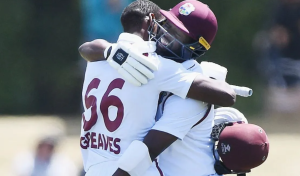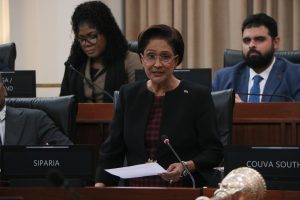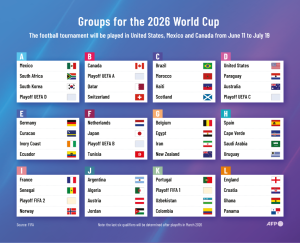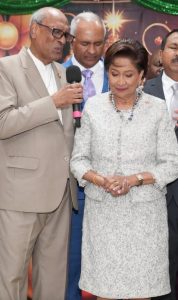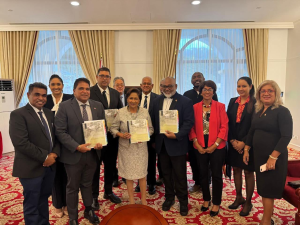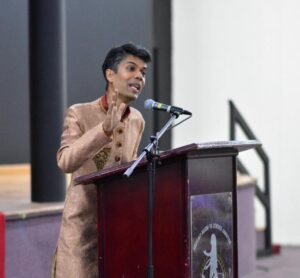
SINCE 1999, International Men’s Day was tailored to build a movement and ideology that would promote peace, resolve disputes and transcend the growing gender gap. T
he annual observances of International Men’s Day on November 19th indicate a genuine concern for the numerous problems plaguing families and the rest of society and men in particular. Annual themes and topics focused on health, suicide, gender relations and fatherhood. Also discussed were themes relating to gender inequality, religion, class, violence, ethnicity, poverty and environmental protection.
The six objectives of International Men’s Day represent the core of a dynamic movement and way of life which seeks peace, encourages more understanding and urges greater tolerance in society. The first objective is to promote positive male role models, particularly among working-class men who are living decent and honest lives.
Secondly, to celebrate men’s positive contributions to society, community, family, marriage, child care, and preservation of the environment.
Thirdly, to focus on men’s health including their social, emotional, physical and spiritual well-being.
Fourthly, to highlight discrimination against men such as in court cases which do not consider the role of a father in the upbringing of his daughter or son.
The fifth objective is also crucial- the improvement of gender relations and promotion of gender equality.
Finally, International Men’s Day intends to create a safer and better world; where people can feel comfortable and grow to reach their full potential.

The vital message of IMD is that any ongoing conflict among men, women and children must cease and the healing must begin. The observances of International Men’s Day are part of a global non-violent revolution. It is annually observed by persons who support the ongoing effort to improve lives, heal scarred lives, seek solutions to social problems, heal troubled minds, help the dysfunctional, promote positive role models in society and develop wholesome individuals. Such developments are badly needed in today’s wounded communities which reflect distorted and outdated beliefs which unravel the fabric of the family and society.
International Men’s Day is not a top-down movement limited to a few persons or gatekeepers. It has spread among the grassroots and maintained its growth among neighbourhoods and communities.
Men’s organisations, anti-war groups, peace organisations, women’s groups, gender departments at universities, politicians, the unemployed, mentally and physically challenged have all celebrated International Men’s Day.
One illustration of the inclusiveness of IMD is the decision in 2010 to have observances among prisoners throughout the world and the selection of Carry Greaves, in 2012 as an Empowerment Coordinator. Greaves, a father, is incarcerated at a correctional facility in New York in the United States.
Undoubtedly, International Men’s Day has transcended language barriers, geographical boundaries, political ideology and religious differences. Furthermore, International Men’s Day observances are not restricted to any particular class, gender, age and occupation.
Indeed, International Men’s Day highlights the common bonds of humanity. Those persons supporting International Men’s Day seek to restore the dignity and respect among members of the human family. Supporters, coordinators and participants have been trying to offer different perspectives and new ideas for the leader and supporters. The movement is all-inclusive and has embraced all persons and is not interested in creating or propagating problems and promoting divisions. The global support reflects the widespread willingness to contribute building a society which aspires for peace and produce a more tolerant and understanding future generation.
Supporters of International Men’s Day need support from other sectors in society. For instance, the media has a role to play by highlighting men and women who are honest, decent and morally upright. For too long many of us have been unable to see the ‘invisible’ boys and men who are positively contributing to our society. Only when such biases are rectified can we be on the path for real and permanent change.
This aspect of the men’s movement must initiate an era of enlightenment where dynamic, rational role models will emerge with a mandate to positively transform our world.
Undoubtedly, the philosophy underlying IMD is much more than optimistic thinking and rhetoric.
International Men’s Day is a way of life, a worldview, an alternative peace model designed so that the present and future generations will nurture and continue to sow the seeds of tolerance, acceptance and harmony. IMD is not static, it is dynamic.
Dr Jereome Teelucksingh is
Click to read other articles by Dr Jerome Tellucksingh below:
Wounds that cause school violence
May Day: A Time for Solidarity, Strength
Who Coined the Term ‘Black Power’
![]()









